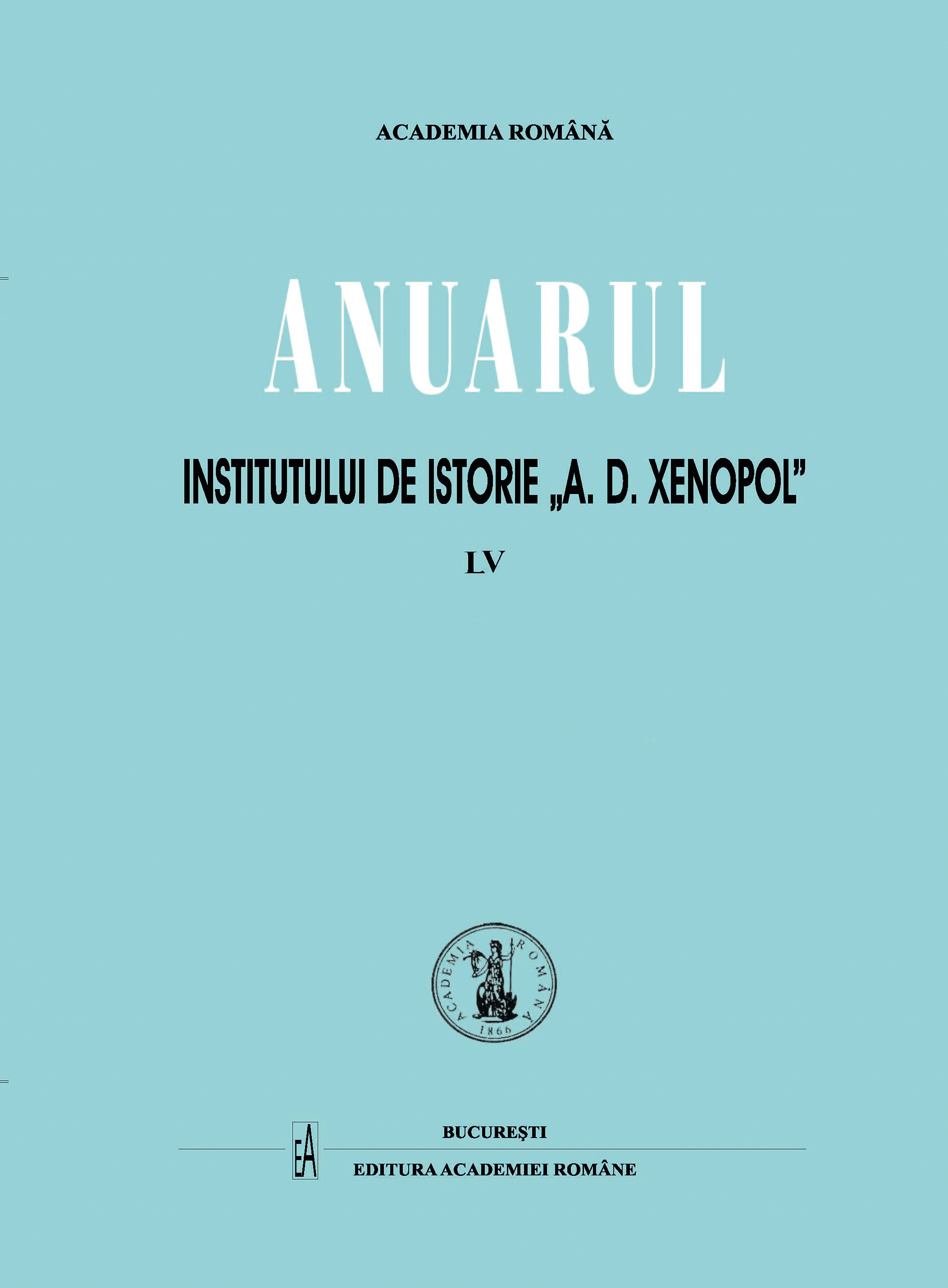LES MONASTERES DE NEAMȚ ET SECU (MOLDAVIE) ET LEURS ACTIVITES ECONOMIQUES JUSQU’AU MILIEU DU DIX-NEUVIEME SIECLE
THE MONASTERIES OF NEAMȚ AND SECU (MOLDAVIA) AND THEIR ECONOMIC ACTIVITIES UNTIL MID-19th CENTURY
Author(s): Petronel ZahariucSubject(s): History, Economic history, Social history, 18th Century
Published by: Editura Academiei Române
Keywords: The monastery of Neamț-Secu; Moldavia; 18th-19th centuries; Paisie Velicikovski; Veniamin Costachi;
Summary/Abstract: The two old and important monasteries, namely Neamţ and Secu, were subjected to the same administration by the Pious Paisie Velicikovski in 1779, thus representing the most impor-tant monastic establishment of Romania until the secularisation of monastic wealth (1863) and up to the First World War. In the first half of the 19th century, in the monasteries of Neamţ and Secu, as well as in their metochions, the number of monks exceeded a thousand. Outside the eccle-siastical life, the monasteries of Neamţ and Secu have also unfolded various economic activities. First of all, the two monasteries had a lot of lands, which during the Union of the Principalities (1859) reached approximately 300,000 hectares (comprising 74 villages and parts of villages, vines, ponds, forests, mils, etc., then a pharmacy at Târgul Neamţ and an alcohol factory near the monastery). Furthermore, the monastery had approximately 15,000 animals (sheep, pigs, horses, cows and oxen) and two thousand hives. Besides the agricultural activities, in early 19th century (1807) they opened at the monastery of Neamţ a printing press that represented the most important endeavour of this type in this country until 1863. The printing press was placed here to emphasise the treasure of translations belonging to the “school” of translators organised by the Pious Paisie Velicikovski, and this printing press became the most important centre of production and sale of religious books in Moldavia. Besides the printing press, three workshops also functioned since the beginning: engraving, binding and cross (medallions). Because this was a very numerous community, many monks had various craft jobs (« rucodelii »/manufactures). Therefore, they were able to open workshops, which were even called “factories”: ecclesiastical attire, caps, broad-cloth, lumber, wax candles, pottery, the manufacture of footwear, etc., for the manufacture of items necessary to monastic life and even to other monasteries and to sell them across the country.
Journal: Anuarul Institutului de Istorie »A.D. Xenopol« - Iaşi
- Issue Year: LV/2018
- Issue No: 55
- Page Range: 57-64
- Page Count: 8
- Language: French

